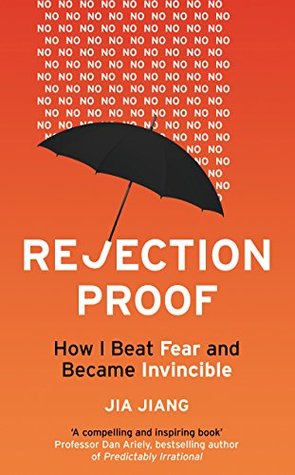More on this book
Community
Kindle Notes & Highlights
by
Jia Jiang
Read between
January 5 - January 15, 2023
“There are those who look at things the way they are, and ask why…. I dream things that never were, and ask why not.” —ROBERT KENNEDY
It’s as if becoming a master of a craft requires not just great skills, but also the ability to weather rejections to get to an acceptance—not to mention an unfailing belief in themselves and their own work.
Every no is actually surrounded by a whole bunch of interesting but invisible yeses that it was up to me to uncover.
When I gave people a reason for my request, however far-fetched, I was far more likely to get a yes.
one of the most important lessons I learned through my 100 Days of Rejection: target the right audience.
Brene Brown described the difference between sympathy and empathy: “Empathy fuels connection, while sympathy drives disconnection,”
Dostoevsky once said, “The only thing I dread [is] not to be worthy of my sufferings.” The same goes for rejection. Is your dream bigger than your rejections? If it is, maybe it’s time to keep going, instead of giving up.
Rejection is human.
Rejection is an opinion.
Rejection has a number.
In the end, what we really need is not acceptance from others but acceptance from ourselves. In fact, being comfortable with who we are should be a prerequisite—not the result—of seeking others’ approval. We should all have the knowledge that who we are is good enough to get a yes from ourselves.
“Rejection is just an opinion, remember? It reflects them more than me, right?” I agreed. Wow, I thought. Who’s the coach now?
Detachment from Results: By focusing on controllable factors such as our efforts and actions, and by detaching ourselves from uncontrollable outcomes such as acceptance and rejection, we can achieve greater success in the long run.


